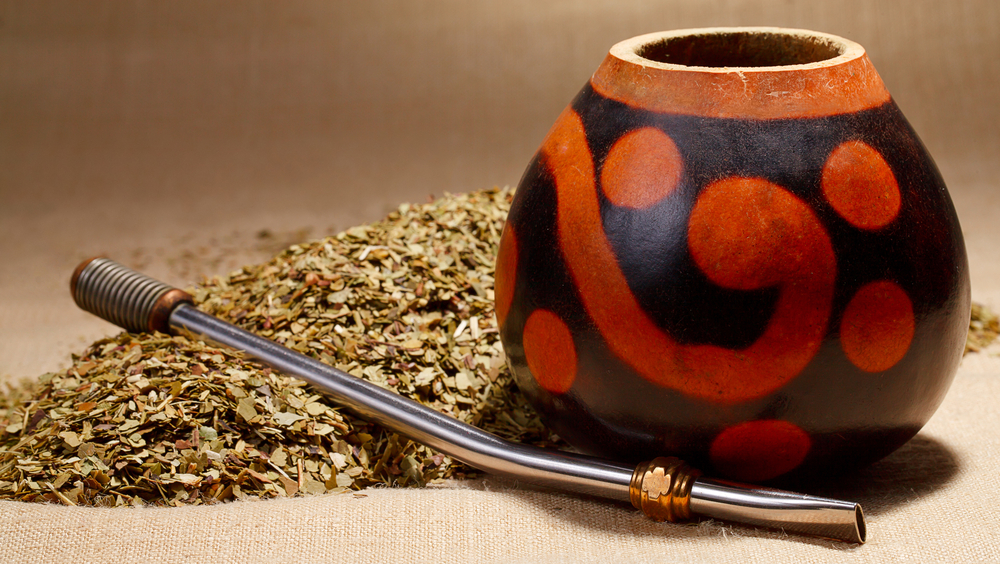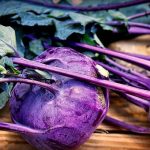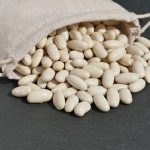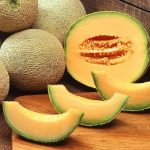Overview:
Yerba mate is a traditional South American tea-like drink made from a dried and brewed leaves of the evergreen yerba mate tree (Ilex paraguariensis). It is popular in many countries of South America, particularly in Argentina, Paraguay, Uruguay, and Brazil. The drink has a long history that dates back to the pre-Columbian era. It is widely consumed in many social settings and is associated with a variety of health benefits.
The yerba mate tree is native to the subtropical regions of South America. The tree can reach up to 15 meters in height and has long, narrow, and serrated leaves. The yerba mate is harvested from the yerba mate trees and dried in the sun. The dried leaves are then crushed into a powder and brewed in hot water.
The flavor of yerba mate is unique and complex. It has a slightly bitter taste and a grassy, earthy aroma. The drink is often flavored with herbs, spices, and other ingredients. Yerba mate can be served hot or cold and is commonly served with a metal straw, called a bombilla, which is used to filter the leaves while drinking.
Yerba mate has been consumed in South America for centuries and is steeped in culture and tradition. It is commonly prepared and shared in social settings, and is often associated with relaxation and friendship. Yerba mate is also widely consumed for its health benefits. It is naturally high in antioxidants, vitamins, minerals, and amino acids. It is also believed to boost energy levels, improve mental clarity, aid in digestion, and improve overall health.
Yerba mate also has a variety of potential health benefits. Studies have suggested that yerba mate may help to lower cholesterol, reduce inflammation, and protect against certain types of cancer. It is also believed to reduce fatigue, improve metabolic health, and aid in weight loss.
In addition to its health benefits, yerba mate has also been used as an ingredient in a variety of food and beverage products. It is often added to tea, coffee, energy drinks, and smoothies. Yerba mate is also used to make a variety of beverages, such as mate lattes and mate chais.
Yerba mate is a unique and flavorful drink with a long history and many potential health benefits. It is widely consumed in many countries in South America and is gaining popularity in other parts of the world. Whether you choose to drink it hot or cold, yerba mate is an enjoyable and nutritious drink that is sure to provide a boost of energy and a variety of health benefits.
The history of Yerba Mate Leaf is a long and fascinating one. It dates back to the 16th century when the Guarani Indians of South America discovered it. The Guarani Indians were a nomadic tribe that lived in the forests of Argentina, Brazil, Paraguay, and Uruguay. They used the leaves of the Yerba Mate plant for medicinal purposes, as well as for a stimulating drink.
The Yerba Mate Leaf was first used by the Guarani Indians as a way to boost energy. They would chew the leaves to increase alertness and energy. The leaves were also believed to have healing properties and were used to treat various ailments such as fever, diarrhea, and even snake bites.
The Yerba Mate Leaf eventually spread throughout South America, where it became a popular drink among the locals. It was even used in religious ceremonies as a way to honor the gods.
In the 18th century, Yerba Mate Leaf was introduced to Europe and became popular among the upper classes. The drink was seen as a status symbol and was even served at the court of King Louis XVI of France.
Today, Yerba Mate Leaf is enjoyed by people all over the world. It is still used for its energizing and medicinal properties, but it is also a popular social drink. It is often enjoyed during gatherings and conversations, and is even served in some restaurants.
Yerba Mate Leaf continues to be an important part of South American culture and is enjoyed by people from all walks of life. Its long and fascinating history is sure to continue into the future.
Side Effects of Yerba Mate Leaf:
Common side effects of Yerba Mate Leaf include upset stomach, headache, increased urination, dizziness, jitteriness, and heartburn. Rare side effects include insomnia, anxiety, and increased blood pressure. Pregnant and breastfeeding women should not use Yerba Mate Leaf as it can cause harm to the fetus and baby.
Summary of Yerba Mate Leaf:
Yerba mate is a traditional South American drink made from the leaves of the yerba mate tree, which is native to Argentina, Brazil, Uruguay, and Paraguay. Yerba mate has been a popular drink in South American cultures for centuries and is now gaining popularity in other parts of the world. Yerba mate is known for its potential health benefits, which include increased energy, improved digestion, and increased mental clarity. It is also known for its unique flavor and caffeine content, which is higher than coffee but lower than tea. Yerba mate is typically brewed with hot water and is consumed from a gourd-shaped vessel with a metal straw. It can also be prepared as a cold drink or added to smoothies and energy drinks.
Frequently Asked Questions:
What is Yerba Mate?
Yerba Mate is a traditional herbal tea made from the leaves of the Ilex paraguariensis plant. It is popular in many South American countries, particularly Argentina, Uruguay, Paraguay, and Brazil. Its flavor is often described as earthy, nutty, and slightly sweet.
What are the health benefits of Yerba Mate?
Yerba Mate is believed to have numerous health benefits. It is a natural stimulant, which can help to increase energy, focus, and alertness. It is also high in antioxidants and may help to reduce inflammation. Additionally, some studies suggest that Yerba Mate may help to support weight loss and improve digestion.
Is Yerba Mate caffeinated?
Yes, Yerba Mate does contain caffeine. It is estimated to contain between 60-90 mg of caffeine per cup, which is slightly less than a cup of coffee.









